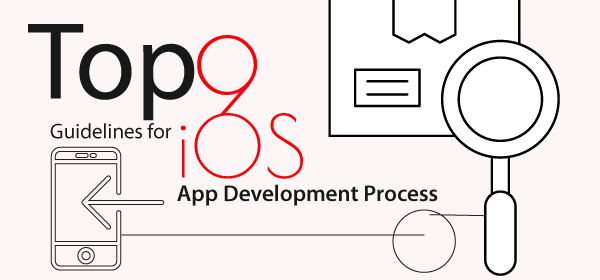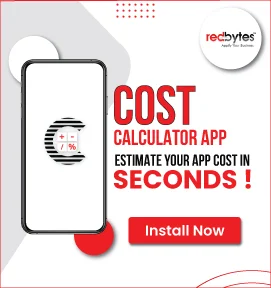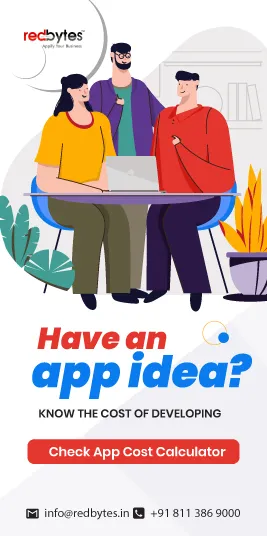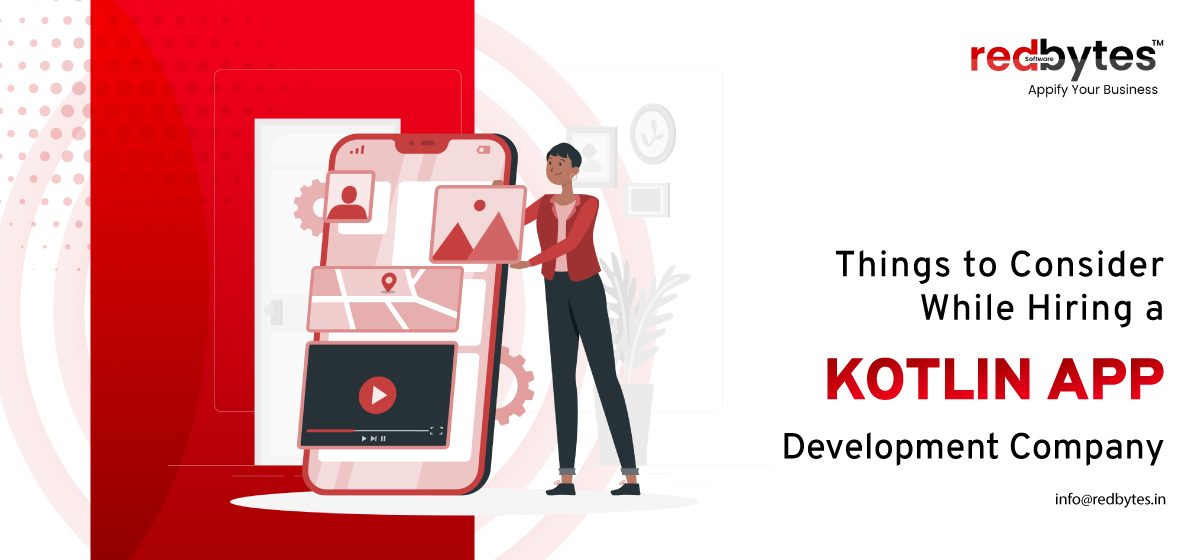iOS is one of the two main mobile operating systems and therefore almost unavoidable when you are building an app. But unlike Android, iOS has more stringent rules in place. Here are a few guidelines to help you with the iOS app development process.
Top 9 Guidelines for iOS App Development Process:
1) Plan & Sketch your Idea: First of all, you need to plan, what is your app going to be and why would people choose your app? If these are done right, then you save a lot of time and confusion. Refine your idea and sketch technically specific documents with the guidance of a project manager.
2) Research: Find out whether there are other apps same as yours, research about the design, find information on the technical requirements and finally on how you can market and monetize your app.
3) Create Wire-frame: Wire-frames are UX(user experience) road maps that demonstrate user options and also contain an information architecture blue-print.
4) Design: To create an appealing visual design, an intuitive UI (user interface), and an engaging UX (user experience) is essential. At this part of development, the designer needs to work on screen features(icons, graphics, animations) and also generate the design prototypes for the development team.

5) Software Architecture Planning: During this phase, both the front-end and back-end developers collaborate which happens parallel to the design phase prior to the development process to ensure whether the software is stable and scalable for the application.
• Model view controller paradigm(MVC) is a core principle of iOS app development that is broken down into 3 components user interfaces, data and the software
6) Front-End & Back-End Development: Both the front-end and back-end development of the app is built as a coordinated effort. When front-end works on the development of codes to create different design elements for the app, the back-end development refers to the server part, which focuses on how the app works.
Front-end app development includes:
• Caching of database
• Synchronise database
• Development of mock-ups and wire frames
• UI design and development
• Improvements are done if needed
• Testing
• Deployment
Back-end development includes:
• Setting the back-end structure
• Management of user accounts and authentications
• Maintain server side functions
• Customization of user experience
• Data integration with third parties through social networking sites
• Push notification services
7) Testing Phase: As Apple’s approval and submission process is tougher, this part can be crucial. Here, the developer goes through the following functions screen by screen, to ensure that there are no bugs and the app works smoothly:
• Test case preparation
• Automated script identification & modification
• Manual & Automated Testing
• Usability testing
• Performance testing
• Security and compliance testing
• Device Testing
8) Submitting App to the App Store: Getting your app live in the App Store isn’t easy as it takes a few steps:
• Create an app Id or Identifier
• Create an iOS provisioning profile for distribution
• Configure your target’s build settings in Xcode
• Create an App Store Listing
• Create a Release Build
• Fill in the Version Information
• Submit Version for Review
• App Release
9) Maintain App with Regular Updates: Once the app is done, keep an eye to maintain regular updates to ensure that your app supports all the latest iOS updates and developments.
From the first idea to its completion, it’s a long road ahead, but planning every step can increase your chance for success!
















